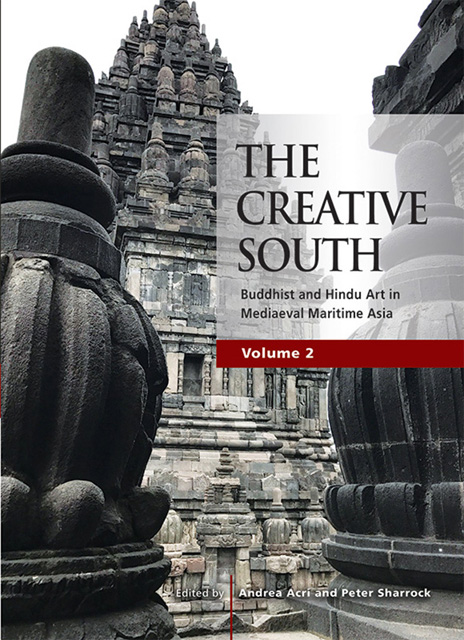Chapter 1 - Introduction: Volume 2: Odisha and Java
Published online by Cambridge University Press: 30 June 2023
Summary
This edited volume is the second of two forming an anthology that programmatically reconsiders the creative contribution of the littoral and insular regions of Maritime Asia to shaping new paradigms in the Buddhist and Hindu art and architecture of the mediaeval Asian world. Both volumes, inscribing themselves in the same intellectual trajectory of the edited volume Esoteric Buddhism in Mediaeval Maritime Asia: Networks of Masters, Texts, Icons published by ISEAS (Acri 2016), bring together new interdisciplinary research that contributes to a new sense of the historical role of Maritime Asia. Overall, they aim to recalibrate the importance of these innovations in art and architecture, thereby highlighting the cultural creativity of the monsoon-influenced southern rim of the Asian landmass. They also make a case for the importance of comparatively studying those phenomena from the prism of intra-Asian connections, taking into account circulatory dynamics while remaining anchored to the disciplinary traditions specializing on the various regions that constitute the rich cultural mosaic of Maritime Asia.
Most of the proposed studies stem from papers presented in two summer programmes held in East Java in 2016 (co-organized by the SOAS Southeast Asia Art Academic Programme [SAAAP] and the Nalanda-Sriwijaya Centre of ISEAS – Yusof Ishak Institute) and in Central Java in 2017 (co-organized by the SOAS SAAAP and Universitas Gadjah Mada). These scholarly gatherings aimed at rediscovering the influence of the Buddhist and Hindu paradigms of mediaeval kingdoms adjoining the maritime trade route. With contributions from leading local and international scholars, the anthology expands on themes of innovation and transfer in the unique monuments, icons, and rituals developed in South India and Sri Lanka, Sumatra, the Malay Peninsula, Java, and the Khmer and Cam domains that strongly impacted Buddhist and Hindu art, architecture, and religious culture in India, Nepal, Tibet, and China, and incite to deeper explorations.
Having discussed the intellectual framework informing this collective body of work in the Introduction to Volume One (Acri and Sharrock 2022), containing nine studies mainly dealing with intra-Asian transfers and mainland Southeast Asia, we will now summarize the nine studies contained in this volume, mainly covering the regions of Odisha and Java.
- Type
- Chapter
- Information
- The Creative SouthBuddhist and Hindu Art in Mediaeval Maritime Asia, pp. 1 - 4Publisher: ISEAS–Yusof Ishak InstitutePrint publication year: 2022



